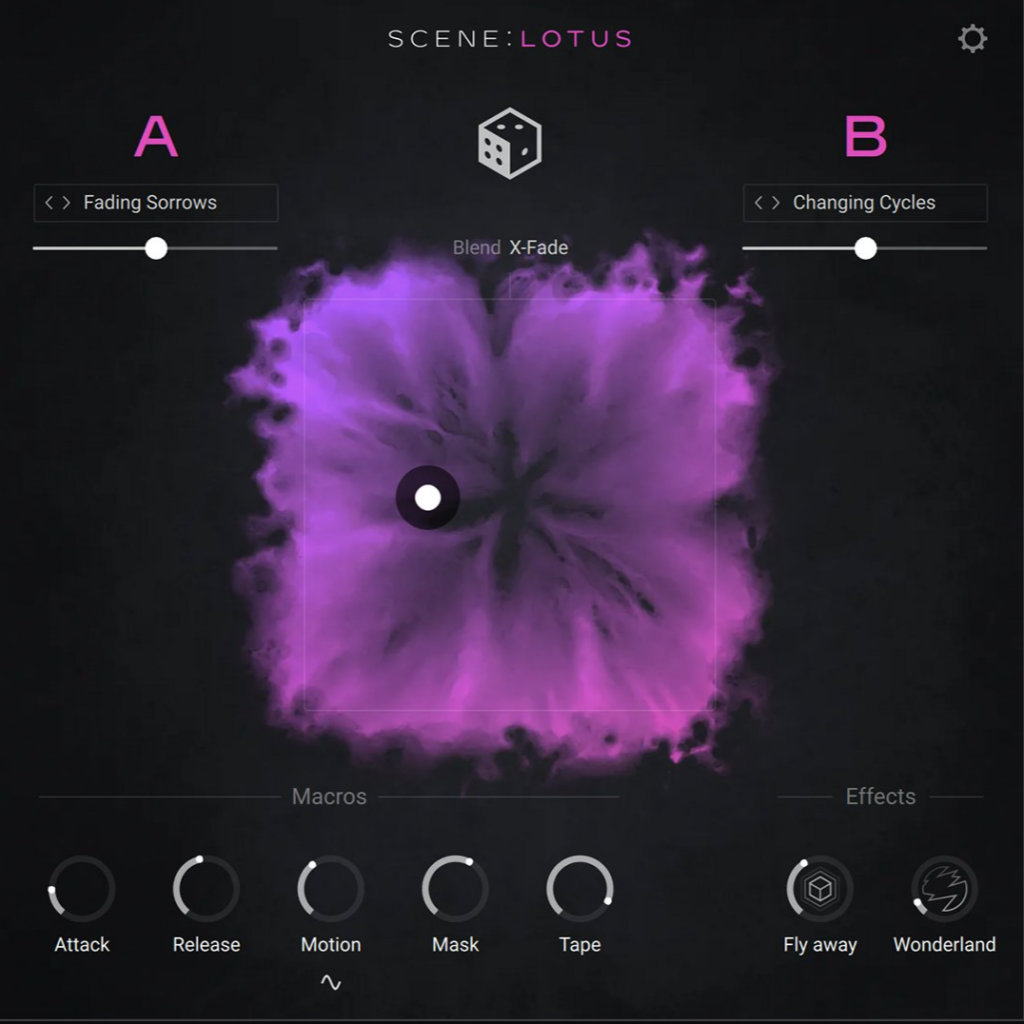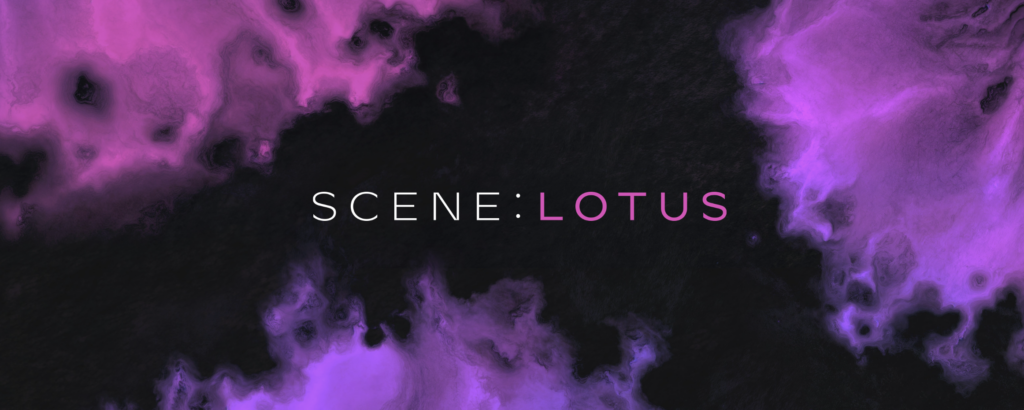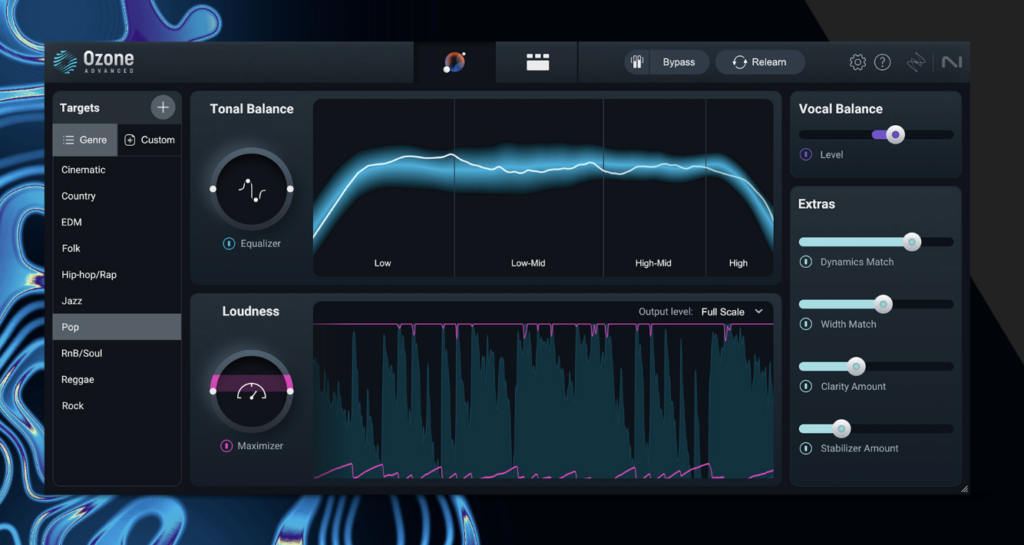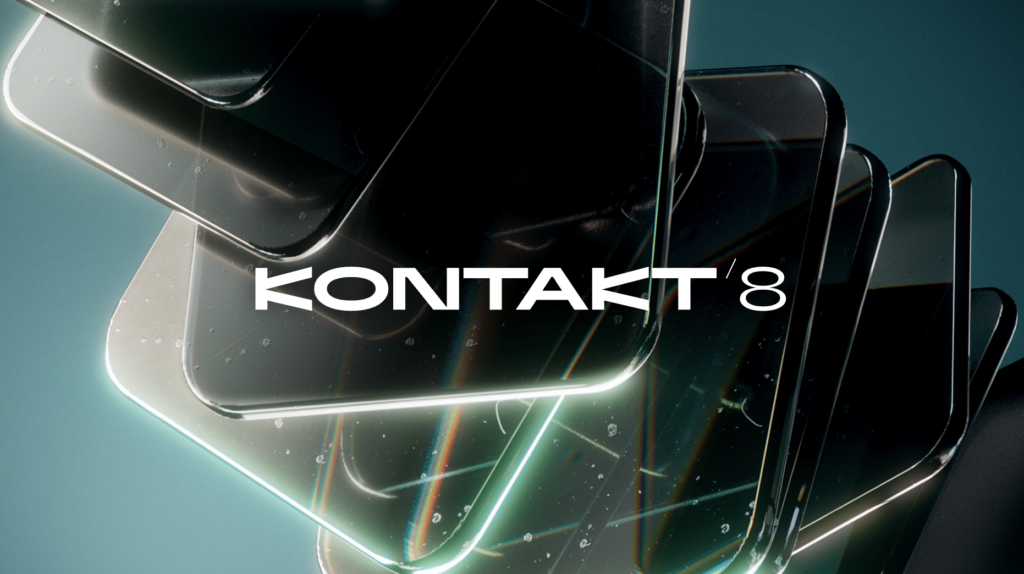Key Takeaways
Scene: Lotus Review:
- delivers exceptional atmospheric sounds for film scoring, game design, and experimental music
- The plugin combines an intuitive interface with powerful sound manipulation tools
- Its layering system allows for complex sonic textures while remaining CPU-friendly
- Though requiring Kontakt, it offers tremendous value for serious composers and producers
- The sound quality stands out even among Native Instruments’ premium offerings
Introduction
In the crowded world of music production tools, genuine innovation is increasingly rare. Yet Native Instruments’ Scene Lotus manages to bring something fresh to composers and sound designers seeking to craft immersive sonic experiences.
As part of Native Instruments’ Komplete Cinematic collection, Scene Lotus focuses on creating rich, evolving atmospheres that breathe life into films, games, and experimental compositions. The plugin arrives with considerable expectations, particularly from composers working in visual media.
I’ve spent several weeks incorporating Scene Lotus into my workflow, testing its capabilities across different projects. This hands-on experience revealed both impressive strengths and a few limitations worth considering before purchase.
Let’s explore what makes Scene Lotus unique, where it excels, and who will benefit most from adding it to their production toolkit.
Key Features and Sound Engine
At its core, Scene Lotus is built for creating textured sonic landscapes that evolve over time. This isn’t just another pad instrument – it’s a comprehensive environment for atmospheric sound design.
The plugin’s architecture centers around its advanced layering system, which allows blending multiple sound sources to create complex, moving textures. Each layer can be independently manipulated, providing remarkable control over the final output. This approach encourages experimentation while maintaining musicality.
The sound engine builds upon a foundation of meticulously recorded samples spanning organic and synthetic sources. Native Instruments has captured everything from orchestral textures to field recordings and electronic elements. These aren’t static samples, though – they’ve been designed to evolve naturally through subtle modulation.
What impressed me most were the real-time modulation controls. Unlike many atmospheric plugins that offer beautiful but static sounds, Scene Lotus provides expressive performance tools. These allow sounds to respond dynamically to your playing, creating a more engaging experience for both composer and listener.
The seamless integration with Kontakt means Scene Lotus benefits from that platform’s robust architecture while maintaining relatively efficient CPU usage. This integration might be limiting for those outside the Native Instruments ecosystem, but it enables deeper functionality than most standalone plugins.

Sound Quality and Versatility
The first time I triggered a Scene Lotus preset, I was struck by the depth and clarity of the sound. Native Instruments has created something that sounds genuinely cinematic right from the first note.
The textures possess a remarkable three-dimensional quality that places sounds in a believable space. This spatial awareness makes Scene Lotus particularly effective for creating immersive environments that surround the listener. The high-fidelity recordings capture subtle nuances that cheaper libraries often miss.
Scene Lotus excels at crafting both delicate, ethereal atmospheres and dark, unsettling soundscapes. This versatility makes it valuable across different emotional contexts in scoring work. A gentle adjustment of parameters can transform a comforting ambient texture into something increasingly tense and foreboding.
The plugin particularly shines in creating sounds that evolve organically over time. Rather than static pads that quickly become monotonous, Scene Lotus produces textures with subtle movement and development. This quality makes it ideal for underscore work where maintaining interest without distracting from dialogue is essential.
While primarily designed for atmospheric content, Scene Lotus can also produce more distinctive textural elements that function as foreground material. By pushing the modulation parameters, you can create sounds that draw attention rather than simply providing background support.
The sonic palette ranges from recognizably acoustic to completely abstract, offering considerable creative flexibility. This range allows Scene Lotus to serve various production styles without being limited to specific genres or media types.

Usability and Interface
Scene Lotus strikes an impressive balance between accessibility and depth. The interface presents a clean, intuitive layout that invites immediate experimentation without overwhelming new users.
Native Instruments has wisely organized the controls into logical sections that follow a typical sound design workflow. The visual feedback is excellent, with clear meters and animations that help you understand how your adjustments affect the sound. This thoughtful design significantly reduces the learning curve.
The preset system deserves special mention. Rather than the usual disorganized collection, Scene Lotus offers carefully categorized presets that serve as excellent starting points. Each preset demonstrates a particular capability of the plugin, making it easy to find appropriate sounds for specific project needs.
For more experienced users, the deep editing capabilities provide precise control over every aspect of the sound. The modulation matrix is particularly powerful, allowing complex relationships between parameters. You can create evolving sounds that respond dynamically to your performance or automation.
The browser system makes finding specific sound types remarkably efficient. With well-implemented tags and categories, you can quickly narrow down options based on character, emotion, or texture. This organization saves valuable time during deadline-driven projects.
The only slight criticism is that some advanced functions require diving into submenus, which can interrupt creative flow. However, the most commonly used controls remain readily accessible on the main interface.
Performance in Real-World Scenarios
Theory and features mean little if a plugin doesn’t perform well in actual production environments. I tested Scene Lotus across several different project types to evaluate its practical utility.
For film scoring, Scene Lotus proved exceptionally valuable. Its ability to create evolving backgrounds that support narrative without distracting from dialogue is remarkable. The textures blend seamlessly with orchestral elements, adding depth without creating frequency conflicts.
ALSO: Best AI for Film Music
The plugin particularly excelled in suspenseful scenes, where subtle textural development can build tension more effectively than overt musical changes. Several directors commented specifically on how these atmospheric elements enhanced emotional impact without calling attention to themselves.
When applied to game audio, Scene Lotus demonstrated similar strengths. The evolving nature of its sounds works perfectly with adaptive scoring systems. The textures maintain interest during extended gameplay sections where traditional loops would become repetitive.
For electronic music production, Scene Lotus offers a refreshing alternative to standard synthesized pads. The organic quality of many presets adds warmth and depth to otherwise digital productions. In ambient and downtempo tracks, these textures created immersive environments that listeners specifically mentioned in feedback.
Live performers will appreciate the responsive modulation options that allow real-time sound shaping. When mapped to expressive controllers, Scene Lotus becomes a genuinely playable instrument rather than just a static sound source. This expressivity makes it valuable for improvisational contexts where dynamic response is crucial.
The only scenario where Scene Lotus felt less essential was in more traditional pop production. While it can certainly add interesting atmospheric elements to conventional songs, its specialized nature makes it less central to these workflows.
ALSO: iZotope Ozone 11 Review
Strengths and Weaknesses
After extensive use, certain aspects of Scene Lotus stand out as particularly successful, while others reveal room for improvement.
Strengths:
The sound quality is undeniably exceptional. Native Instruments has created a library that sounds genuinely cinematic without requiring extensive processing. The textures possess a richness and clarity that elevates productions immediately.
The interface design balances complexity and accessibility masterfully. New users can get impressive results quickly, while experienced sound designers can access deeper parameters for custom creations.
The layering capabilities enable complex sound design that would otherwise require multiple plugins. The ability to blend and modulate different elements creates remarkably rich textures from relatively simple components.
CPU efficiency surprised me positively. Despite the complexity of the sounds, Scene Lotus runs more smoothly than many competing atmospheric plugins. This efficiency allows for multiple instances even on moderate systems.
Weaknesses:
The Kontakt requirement presents a significant barrier for those outside the Native Instruments ecosystem. While understandable from a development perspective, it limits accessibility compared to standalone VSTs.
Some users might find the focus on atmospheric content too specialized. If you’re looking for a more general-purpose instrument, Scene Lotus might seem limited in scope despite its depth within that niche.
The price point, while justified by the quality, places Scene Lotus among premium offerings that might be beyond hobbyist budgets. This positioning clearly targets professional composers rather than casual producers.
Certain advanced functions could benefit from more comprehensive documentation. The manual covers basics adequately but leaves some power-user features under-explained.
Pricing and Value for Money
Scene Lotus positions itself in the premium segment of virtual instruments, reflecting its professional target audience and high-quality sound library.
For professional composers working regularly in film, television, or games, Scene Lotus represents an excellent investment. The time saved finding appropriate atmospheric sounds quickly justifies the cost on commercial projects. The unique textures also provide a competitive advantage when creating distinctive scores.
Sound designers will similarly find significant value in the plugin’s capabilities. The ability to craft custom atmospheric textures efficiently makes it a powerful addition to their toolkit. The high-quality source material provides an excellent foundation for further processing.
For hobbyists or occasional producers, the value proposition becomes more complicated. The specialized nature of Scene Lotus means it might see less frequent use in broader music production contexts. However, those focused specifically on ambient or cinematic styles will still find it worthwhile.
When compared to similar atmospheric libraries, Scene Lotus offers competitive pricing considering its feature set and sound quality. Several competing products provide fewer capabilities at similar price points, making Scene Lotus a strong contender in its category.
Native Instruments also has a history of supporting their products with updates and expansion content, suggesting long-term value beyond the initial purchase. This ongoing development adds to the overall value proposition for committed users.
Price: 29€
Conclusion
Scene Lotus represents a significant achievement in atmospheric sound design. Native Instruments has created a specialized tool that excels at creating evocative, cinematic textures with remarkable depth and clarity.
The plugin’s standout strength lies in generating evolving soundscapes that maintain interest while supporting visual media perfectly. The intuitive interface makes these complex sounds accessible without sacrificing depth for experienced users.
For composers working in film, television, games, or ambient music, Scene Lotus offers exceptional value despite its premium positioning. The quality and versatility of its sounds can elevate productions in ways that justify the investment many times over.
Those looking for more traditional instruments or working primarily in conventional song formats might find Scene Lotus too specialized for regular use. The Kontakt requirement also limits its accessibility to those already invested in the Native Instruments ecosystem.
Ultimately, Scene Lotus delivers precisely what it promises: a powerful engine for creating rich, evolving atmospheric content. It does this with remarkable sound quality and thoughtful design that respects both creativity and workflow efficiency.
For composers and sound designers seeking to add emotional depth and texture to their work, Scene Lotus deserves serious consideration. In the crowded field of production tools, it offers something genuinely special that can transform good compositions into truly immersive experiences.
Visit Native Instruments’ official website to explore Scene Lotus further and hear audio examples that demonstrate its capabilities.



